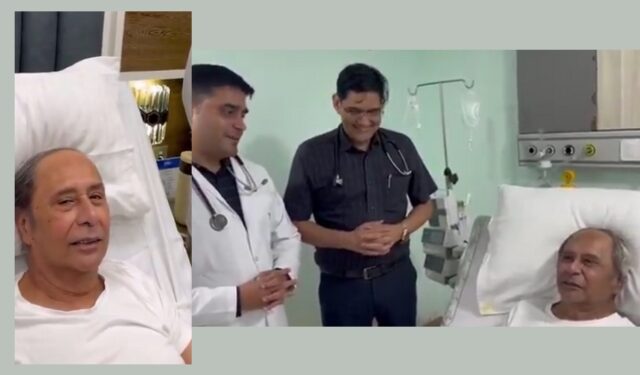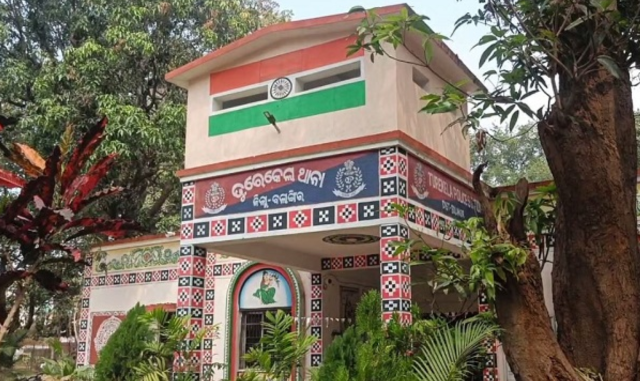The Biju Janata Dal (BJD) is facing an unprecedented leadership crisis as concerns mount over the health of party supremo, Naveen Patnaik.
The 79-year-old former Chief Minister’s repeated hospitalisations and “restricted access” to party leaders have sparked discontent within the BJD ranks, with senior leaders openly questioning the decision to release videos of Patnaik from his hospital bed.
Patnaik, who underwent cervical arthritis surgery in Mumbai’s Kokilaben Hospital in June 2025, has been largely ‘inaccessible’ to party leaders since his return to Bhubaneswar. Only a select few, including BJD’s de facto leader VK Pandian, personal secretary Aditya Mohapatra, and security personnel Chandrasekhar Patra, are reportedly allowed to meet him at Naveen Niwas. This restricted access has fueled speculation and frustration among senior leaders, who feel sidelined in key party decisions.
On August 16, a meeting at Naveen Niwas involving senior leaders, MLAs, and district presidents discussed booth-level committee formations and voter list revisions. However, Patnaik’s absence and the leadership of former Rajya Sabha MP Amar Patnaik in the discussions further deepened the discontent. Many leaders were unaware of Patnaik’s deteriorating health until his hospitalisation on August 17 at SUM Ultimate Medicare, following a sudden worsening of his condition.
Political analysts have criticised the BJD’s secretive approach, particularly the decision to bar opposition leaders and well-wishers, including state Health Minister Mukesh Mahaling and Law Minister Prithviraj Harichandan, from meeting Patnaik. The release of the hospital video, despite such restrictions, has raised eyebrows, with critics questioning how footage was made public while access to the leader remains tightly controlled.
A senior BJD leader, speaking anonymously, expressed dismay over the party’s handling of the situation, stating, “Releasing videos of our beloved leader in such a vulnerable state is unacceptable. It has created a sense of despair among workers and leaders.” The leader also questioned why a dedicated team of party members has not been formed to monitor Patnaik’s health, pointing to VK Pandian’s dominant role as a source of growing resentment.
The secrecy surrounding Patnaik’s health has led to broader concerns about the BJD’s future. Patnaik, who served as Odisha’s Chief Minister for 24 years, remains a towering figure in the state’s politics. However, his advancing age and recurring health issues have sparked debates about the party’s succession plan. With Pandian’s influence growing, many leaders fear the BJD is drifting toward centralised control, alienating its grassroots base.
As the BJD navigates this internal storm, the controversy over Patnaik’s health and the hospital video release could have lasting implications for the party’s unity and electoral prospects.
For now, Odisha’s political landscape watches closely as the BJD grapples with its leadership void and the delicate balance of transparency and privacy.





























